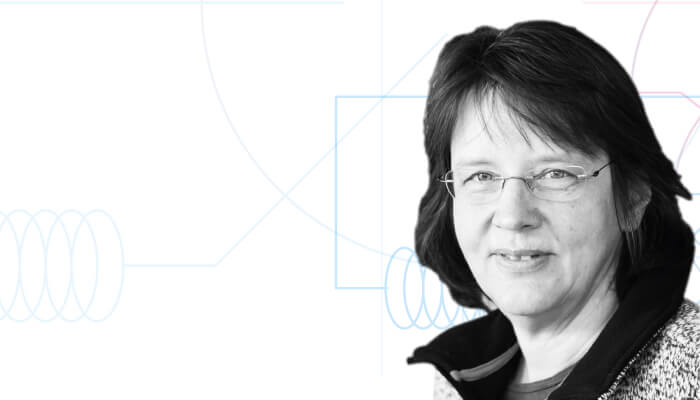From escalating concerns about pollutants in the environment and contamination in food, to the need for multiple attribute measurements in biopharma or chemical products, there is an increasing demand for separation power. Chromatography and (ion mobility [IM])-mass spectrometry (MS) are powerful technologies individually but their hyphenation strongly amplifies the power of the analytical platform. Multidimensional LC boosts separation power even further and allows us to make several measurements in a single analysis. Good examples can be found in the biopharmaceutical industry, where we may want to determine concentration of the API, aggregation, charge heterogeneity, structural integrity and more. For instance, Protein-A is often coupled with size exclusion chromatography (SEC) for the analysis of monoclonal antibodies (mAbs).

Another trend is to couple two methods with different selectivity for the analytes of interest. Co-eluting compounds from the first dimension are simply sent into second dimension to be resolved. Thus, the development effort for a 1D method, which for complicated samples can be time-consuming, can be dramatically reduced or even eliminated. A good example is the work of Dwight Stoll (Gustavus Adolphus College) on selective comprehensive 2D-LC (sLC×LC or multiple heart-cutting), which decouples 1D and 2D timescales by using multiple loops for sample storage of several sections across the 1D-chromatogram. The transition from full to selective comprehensive 2D-LC has been a major driver in the increasing popularity of the technique.
Right now, system hardware is robust, method setup is simplified by clever software solutions, and so 2D chromatography is becoming widely accepted. In contrast to those early days, when only a few used the technology, the ongoing exchange of ideas and experience within a growing 2D-LC community continuously amplify our knowledge, driving us all forward.
So, what’s next? Future developments should focus on supporting method development as shown by Peter Schoenmakers’ group at the University of Amsterdam (1). In particular, better solutions for data analysis are required when extremely complex samples (such as omics samples) are analyzed using everything on the bench (for example, comprehensive 2D-LC coupled to IMS/QTOF). We believe that forthcoming advances in these areas – and wider recognition of the incredible separation power achievable – will push 2D-LC into more routine applications.
Want to read more about "The Coming of Age of 2D-LC"? Click here.
References
- R Pirok et al., “Program for the interpretive optimization of two-dimensional resolution”, J Chromatogr A, 1450, 29–37 (2016).




